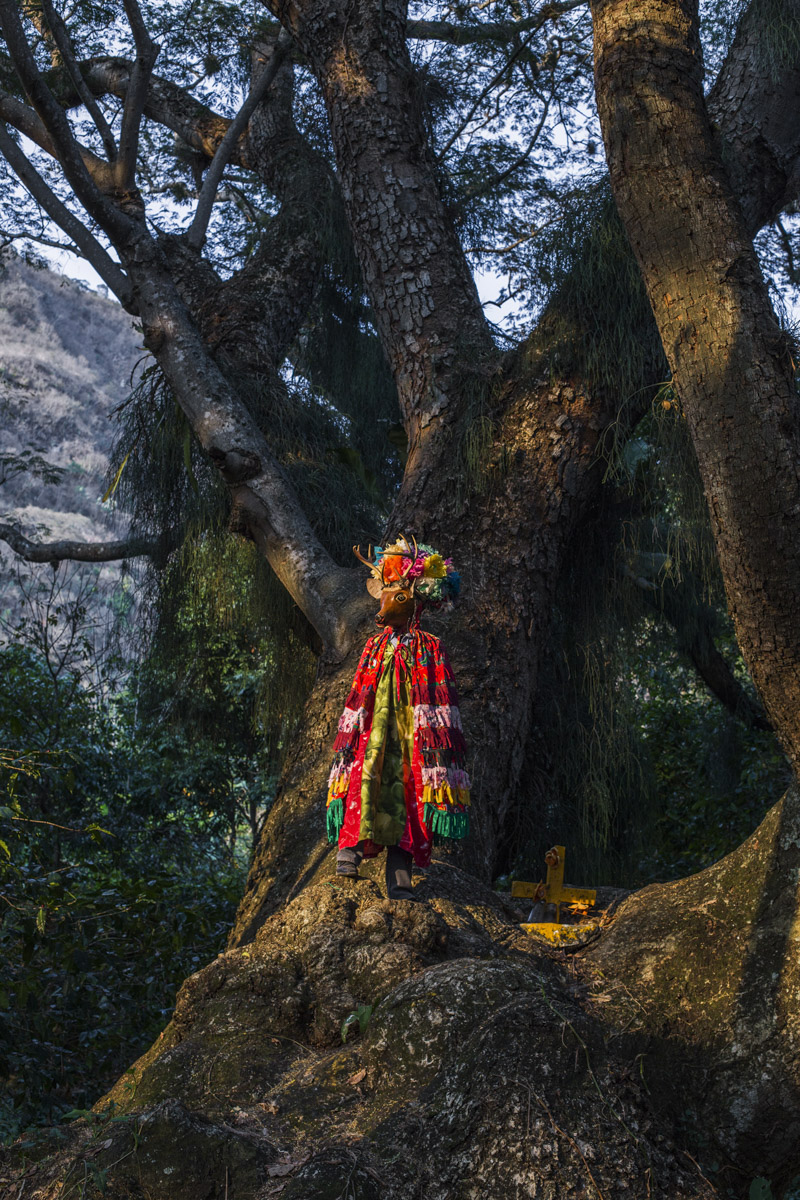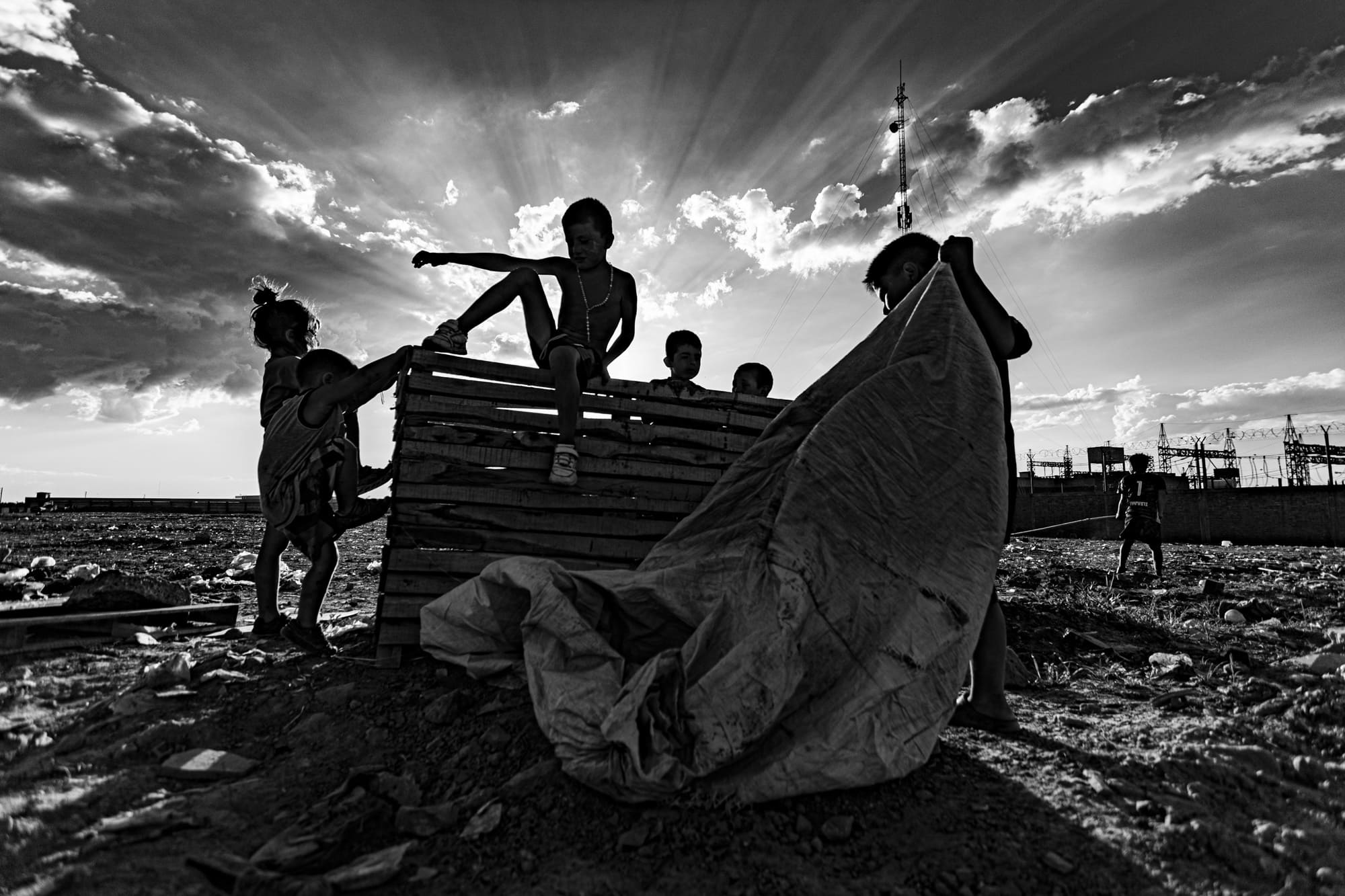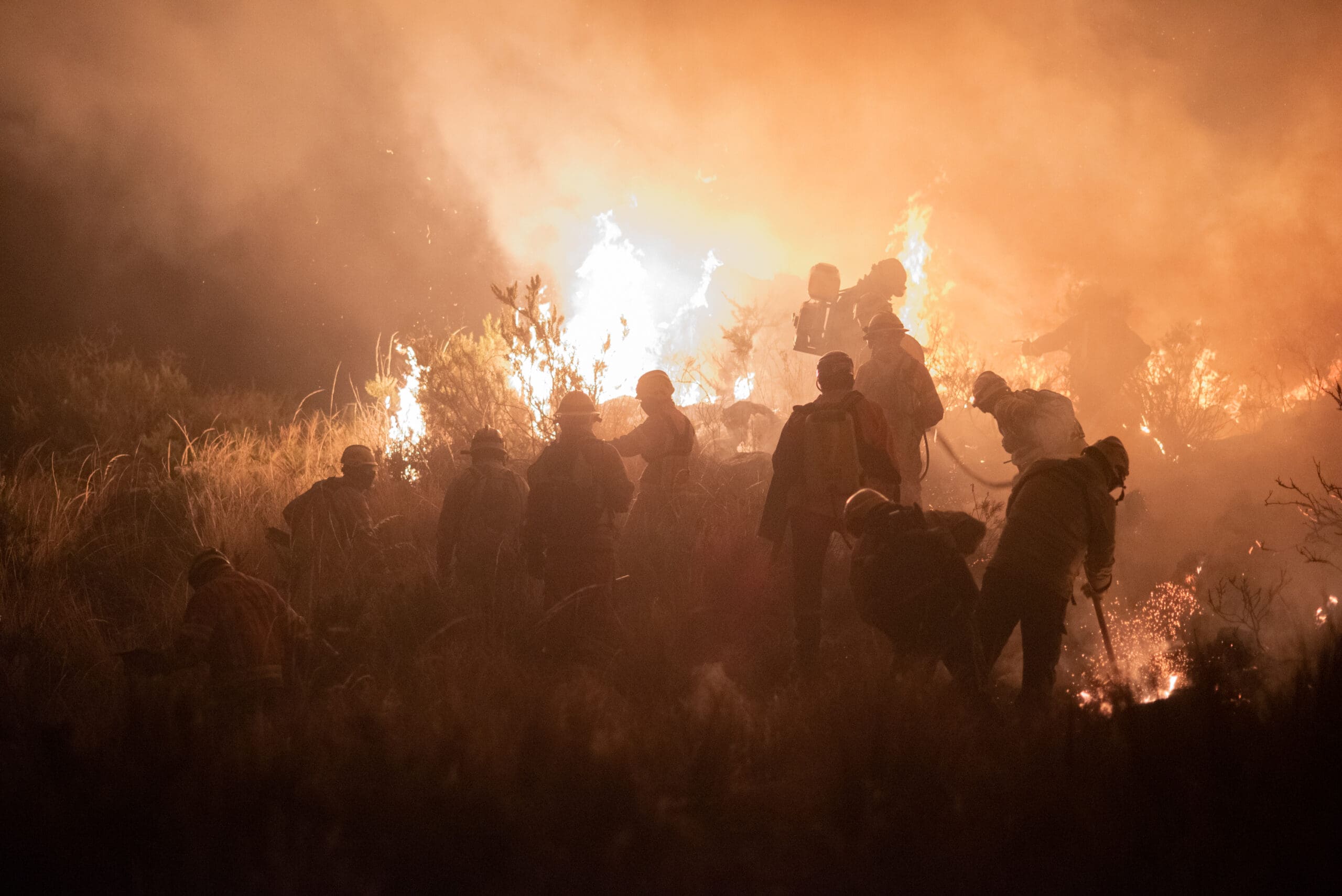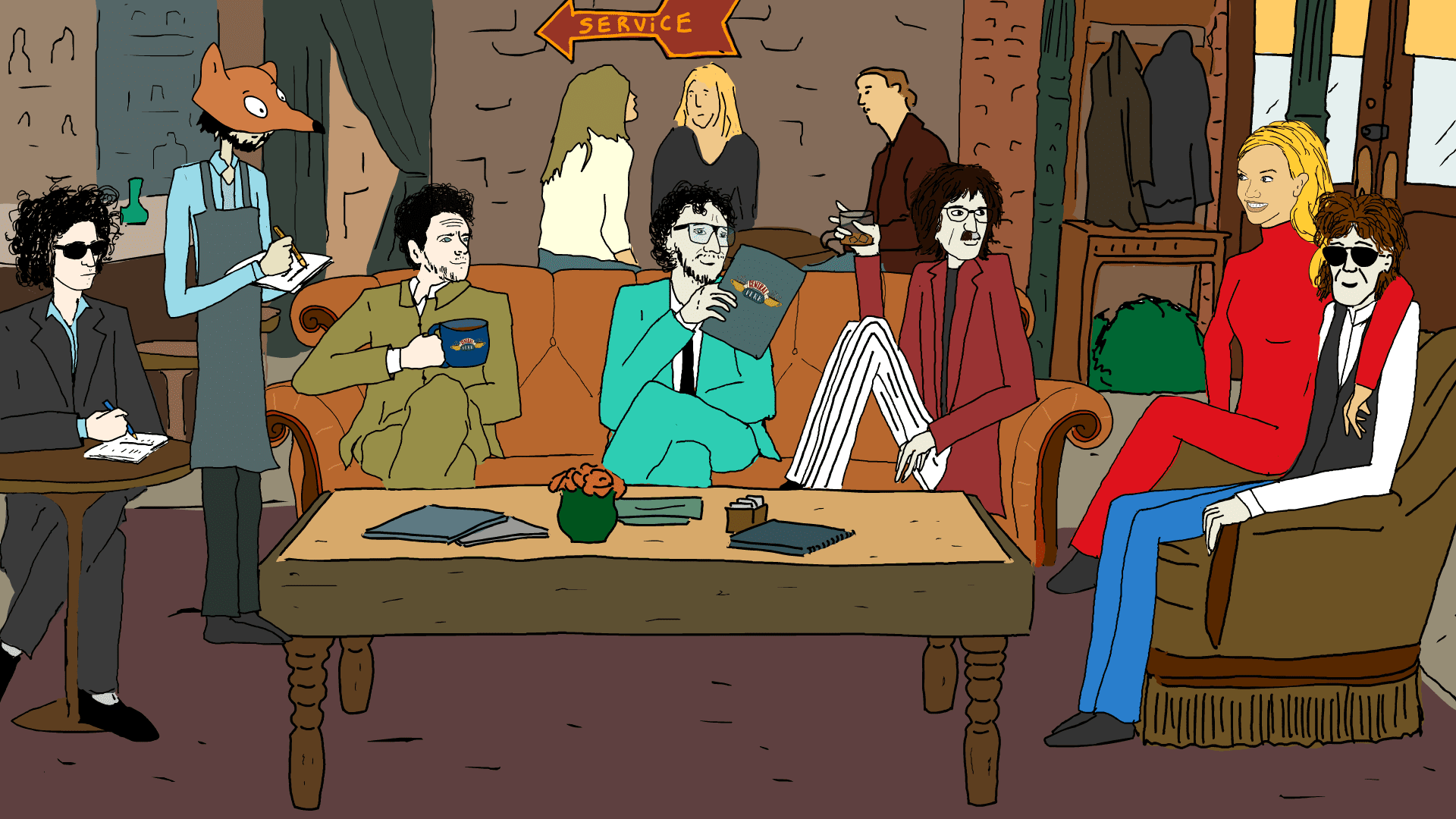In Veracruz there is a town famous for its carnival. It is called Coyolillo and it is one of the few communities from Veracruz that can be considered Afromestizo. They say that the tradition began because the town is close to the San Miguel de Almolonga sugar mill, which since the end of the 16th century used work of enslaved brought from Africa. On carnival day they were allowed to go out for a few hours: it was their only day of freedom. The enslaved then wore masks to hide and dance.
To Koral Carballo that town that became a party caught her attention, although at first she did not know how to explain why. She wanted to take photos there to free herself from the structures of photojournalism and the daily news. That was the first impulse: to register the color and the party of a town that was an hour far from her house. Break the routine a little.
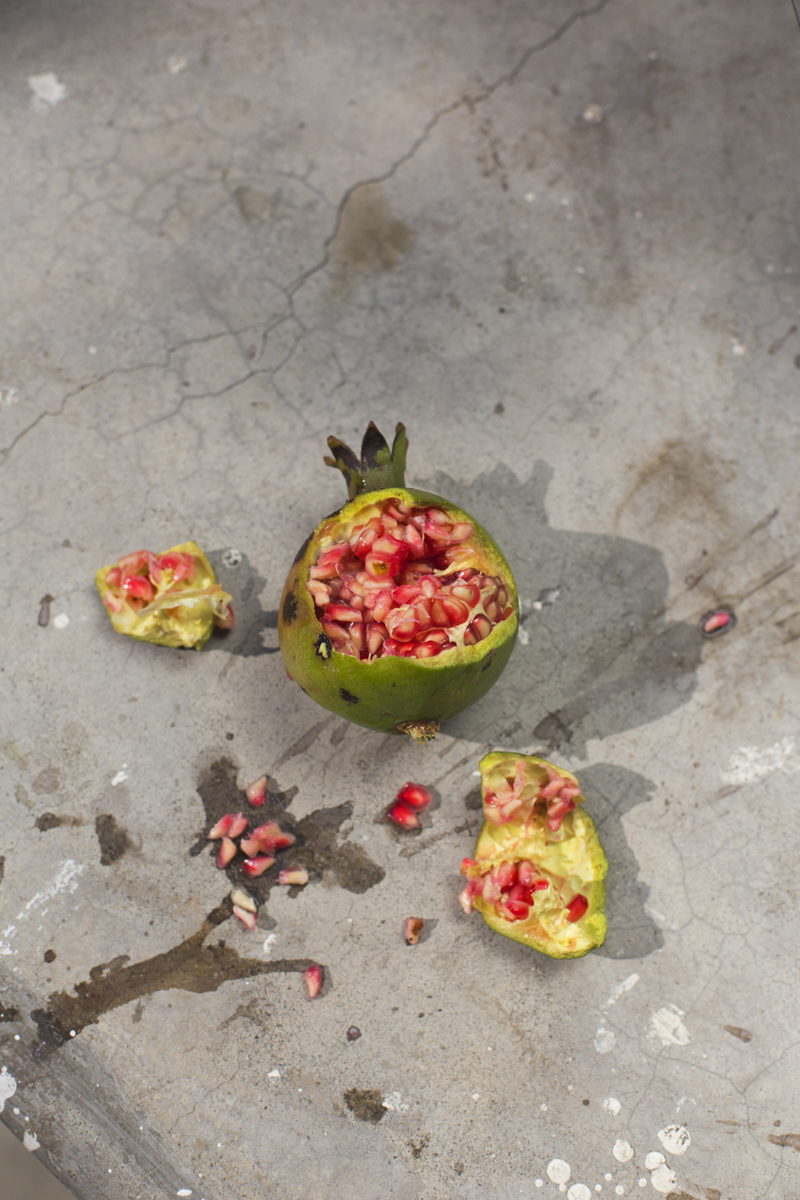
That momentum collided with the reality of violence. On July 31, 2015, someone killed one of her friends, the photographer Rubén Espinosa. “And I didn’t want to take photos,” recalls Koral, “because Rubén meant understanding that photography can change something.”
It took her six months to get back on the camera. She no longer wanted to think about telling the daily news. Then Coyolillo, that town founded in the 17th century by freed slaves, reappeared before her as a possible horizon.
–I want to return to that place where I was so happy, –she said to her partner. –I’m leaving this weekend. I don’t know if I’ll be back tomorrow or what.
She arrived in town and knocked on the door of Octavio López, an artisan who makes wooden masks for parades:
–Hello, I’m a photographer–, she said. –I would like to talk about the origin of the carnival.
–Stay– he said. –We have a room. And you can leave tomorrow.
Koral stayed that weekend. And a week more. Then she came back many times.
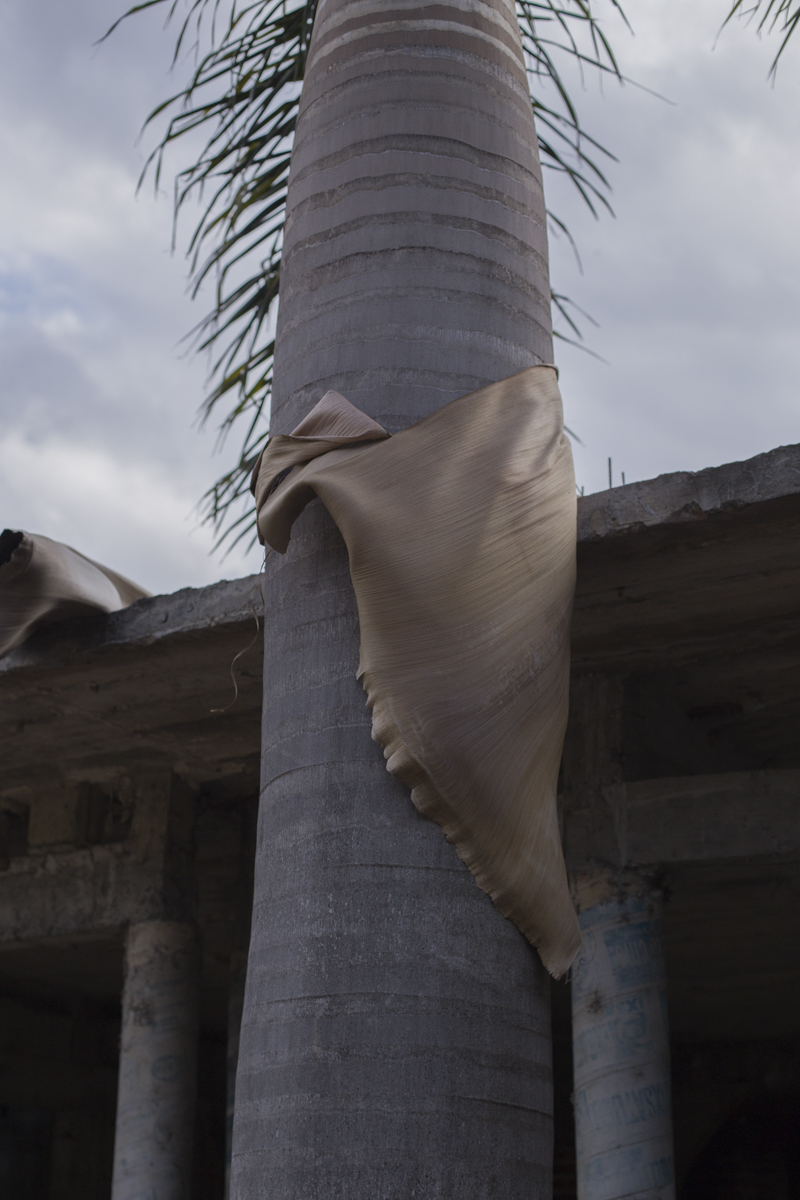
Those early days she rephrased her questions. She understood that the murder of her colleague had also been an act of censorship. Carnival interested her as an allegory and a way to regain freedom. She wanted, recalls Koral, to find answers in the photos.
At first she photographed children. She followed them, saw them play, dance and prepare for the carnival. If someone asked her why there were so many in her images, she shrugged. Then she discovered it: she needed to return to that stage when she had been happy, to the smell of roasted potatoes, the talks with her grandmother, to count dreams as premonitions.
Sometimes this or that neighbor asked for a portrait. And she lived the process as a rediscovering of the trade: passing from the urgent time of journalism to portraiture as an act of affection. I take a photo of you, said Koral, because there is something about you that I want to preserve in an image.
One of those women was called Isidra. Koral did the usual: she went to the house, they talked, she took the photo. And when she looked at her through the viewfinder of the camera, she went into shock:
–Oh, damn it– she thought.
Isidra was very much like her aunt.
Koral went there to portray masks and discovered that behind those colorful faces, carved in wood, was herself. “What I want,” she says, “is to create my family album, the one I have never been able to see.”
Koral did not know what had happened there. She discovered it some time later, in a meeting with academics experts in the Afro-Mexican world. Her question was very specific: she wanted to know how the enslaved people had traveled along Veracruz .
–That’s super easy–, said an anthropologist. I pass you several sources and you will find it. But, have you noticed that you have an African nose?
The comment was like a blow. Koral had never thought about it. She left the meeting and called her mother. She told her about the nose episode. The mother replied naturally:
–Yes, daughter. That is the trait of the family. We all have this nose, for your grandfather and your grandmother.
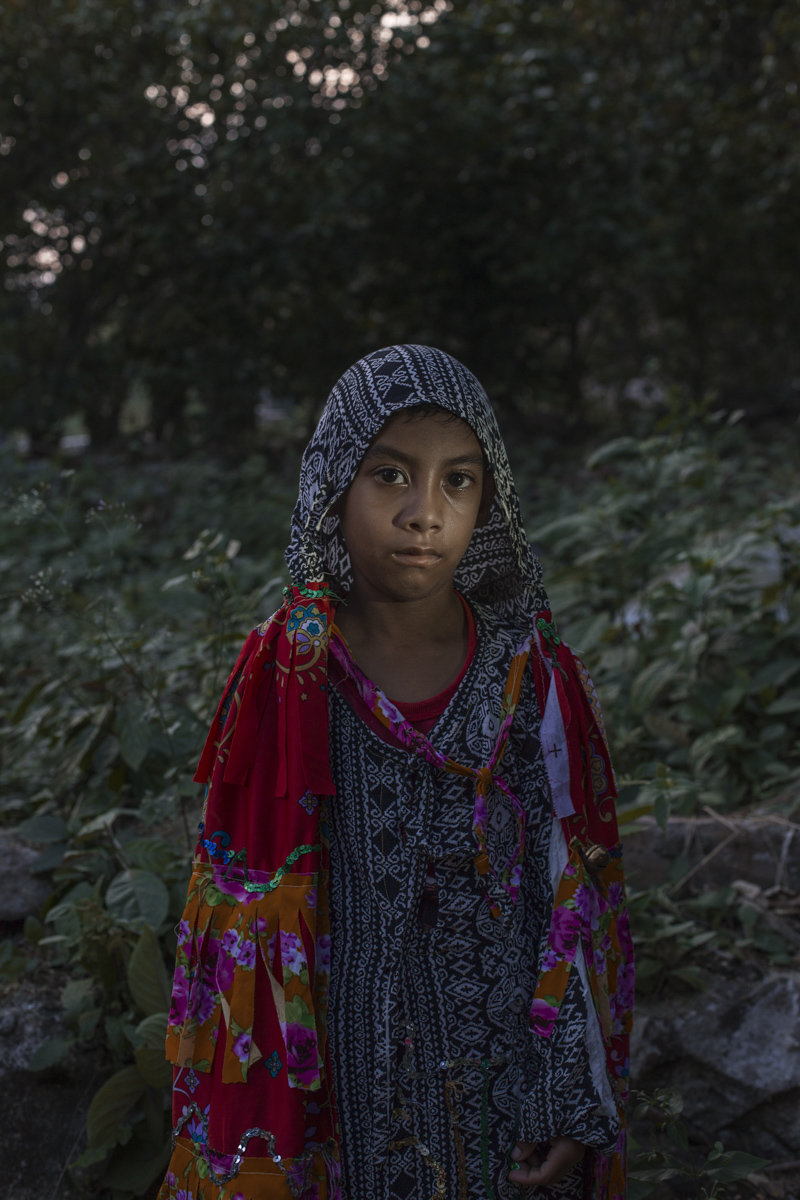
From that day on, she began to look at everything from a different perspective: her brother is much darker than she is. “He looks like our grandfather and an aunt,” her mother told her. Her family was a humble one, with very few photos. It was difficult to appeal to the file. Koral began to inquire with her aunts, to talk to them.
Researchers estimate that by the port of Veracruz, between 250 and 400 thousand enslaved people arrived in Mexico between the end of the sixteenth century and early seventeenth.
Today, Koral’s project continues. On the Africamericanos website you can see a part, the beginning. The idea now is to do an exhibition in Coyolillo, to give back to the town everything she received. Koral went there to portray masks and discovered that behind those colorful faces, carved in wood, was herself. “What I want,” she says, “is to create my family album, the one I have never been able to see.”
